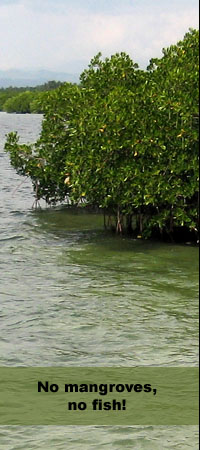|
Mangroves or sometimes called rainforests by the sea occupy tropical regions at river mouths, bays, coastal lagoons and islands. They grow in areas of desiccating heat, deep mud, and salt levels that would kill an ordinary plant within few hours.
Mangroves are among the most productive and biologically complex ecosystems. They allow many species to thrive from starfish to monkey and are important for local communities living along the coast lines. A study of the 2004 Asian tsunami found that areas near healthy mangroves suffered less damage and fewer deaths.
Despite their ecological and economic importance, mangroves are under threat worldwide. Over the past 50 years, aquaculture and commercial fish farming has destroyed a third of the world's mangrove forests. In some regions of the world such as the Philippines the loss has been up to 80 percent.
The International Union for Conservation of Nature (IUCN) classifies the Philippines as the "center of the center" of marine ecosystem diversity. The Philippines is home to about half the world's mangrove species. However, despite Philippine laws that since 1975 have banned mangrove clearing, enforcement has been virtually absent, and mangrove destruction still occurs widely.
Endangered Species International focuses its effort on protecting and restoring mangroves in critical areas.
Planting mangrove trees:
provides nurseries for fish
protects the coastline from strong winds and waves
provides soil stabilization, stimulate nutrient retention and water quality improvement through filtration of sediments and pollutants
allows absorption of carbon dioxide
Links
|
|
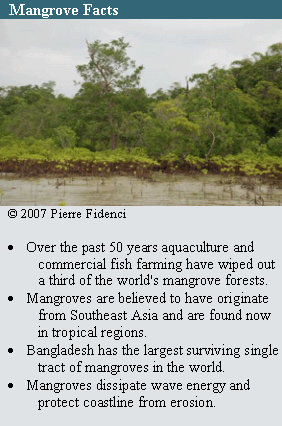
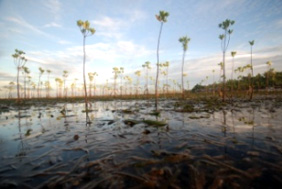
ESI planted thousand of mangrove trees to increase
fish protection and provide erosion control © 2008 Pierre Fidenci
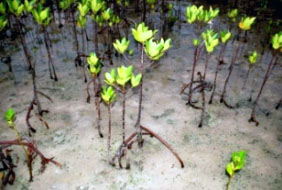
Mangroves have a complex root system that allows them to survive in the intertidal zone © 2007 Pierre Fidenci
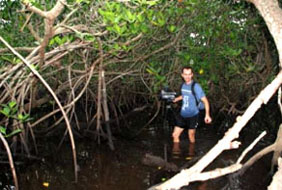
Once established, roots of mangrove provide
habitat for many species and enhance the deposition of sediments
© 2008 Endangered Species International
|

